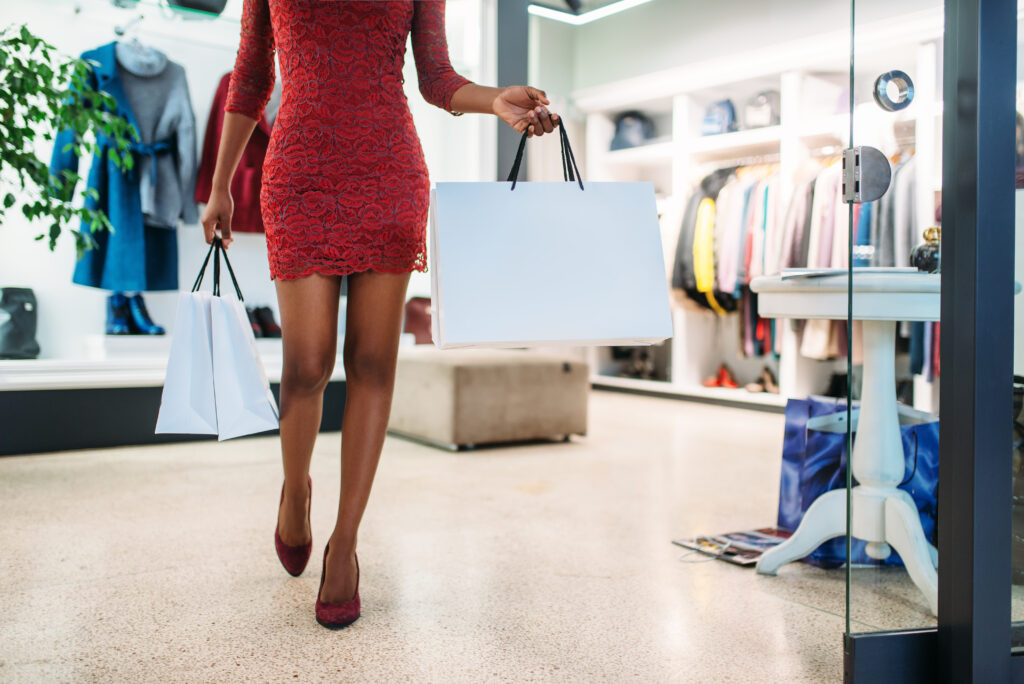The Future of Customer Experience in Retail with RFID
The future of retail is exciting as more businesses embrace the power of RFID.
It’s time to personalise the customer experience.

It is a constant job for Retailers to look for ways to improve the customer experience, and a great way to do that is with RFID. Retailers can use technology to make it easier for customers to find items, speed up checkout processes, personalise products and more.
Inventory Management
One of the most important benefits of RFID tags is their ability to keep track of inventory. Using this technology, retailers can ensure that they have enough stock on hand at all times and make sure no items are missing or misplaced. This helps them avoid situations where they run out of an item and don’t have time to restock before closing time. Or worse yet, having customers come in looking for something but not being able to find it because it’s been misplaced somewhere in your store!
Another major benefit comes from tracking individual items throughout the store using RFID tags. It allows you to know exactly where each product is so that you can quickly locate it if someone asks about a specific item. This ensures customers get great service while also saving time by allowing employees focus on other tasks. Instead wasting energy looking around for missing products themselves. This is even more important today with ongoing staff shortages. Not to mention during busy periods such as holiday shopping seasons.
Faster Checkout
No one wants to line up to pay!
![]()
An RFID-enabled self-checkout can improve the customer experience by reducing wait times and making the checkout process more convenient.
You can use RFID technology to speed up the checkout process by allowing customers to simply walk out of the store with their purchases. This eliminates the need for customers to wait in long lines to pay for their purchases.
Here’s how it works: Customers pick up an RFID-enabled shopping cart or bag when they enter the store. As they shop, RFID tags on the products they purchase are automatically scanned and added to their virtual shopping cart. When the customer is ready to leave the store, they simply walk out with their purchases. The RFID tags on the products are automatically scanned at the exit, and the customer’s account is charged for the items in their virtual cart. This process is called “RFID-enabled self-checkout” or “Just Walk Out technology”.
This technology can also be used with mobile payment system. Where customers can simply scan a QR code on their phone to complete the checkout process. This means they don’t have to wait in line to pay, which can be a huge time-saver for busy shoppers.
This can help increase customer satisfaction and ultimately drive sales for the retailers.
Interactive Shelves
Getting creative with the tech.
![]()
RFID can be used to create interactive shelves that can display information about products, such as reviews, ratings, and product details. This can help customers make more informed purchasing decisions.
Integrated sensing technology can also be used to track how many times a product has been touched or moved. This could be useful for companies looking to determine whether their products are being displayed effectively in-store, or if they need to place more emphasis on certain items.
Personalisation
You can use RFID to track a customer’s purchase history and preferences, which can be used to personalise the shopping experience.
Furthermore, RFID can also be used to create a more efficient and personalised customer service experience by providing staff with real-time information about a customer’s purchase history. This can help salespeople better assist customers by providing them with more accurate and relevant product recommendations.
RFID can help create tailored product recommendations, targeted promotions and better experiences. This can lead to increased customer satisfaction and ultimately drive sales for the retailers.
Conclusion
RFID technology is always evolving, and the possibilities are endless. As we’ve seen, there are lots of benefits to using RFID in retail stores. It can help with inventory management, faster checkout times and personalisation. But what if we went even further? Imagine if you could use your smartphone to scan items in store and see how they look on before buying them? Or even better – imagine if clothes could tell you how well they fit before purchasing! These kinds of futuristic ideas might seem far out there right now but we’re sure they’ll eventually become reality.
